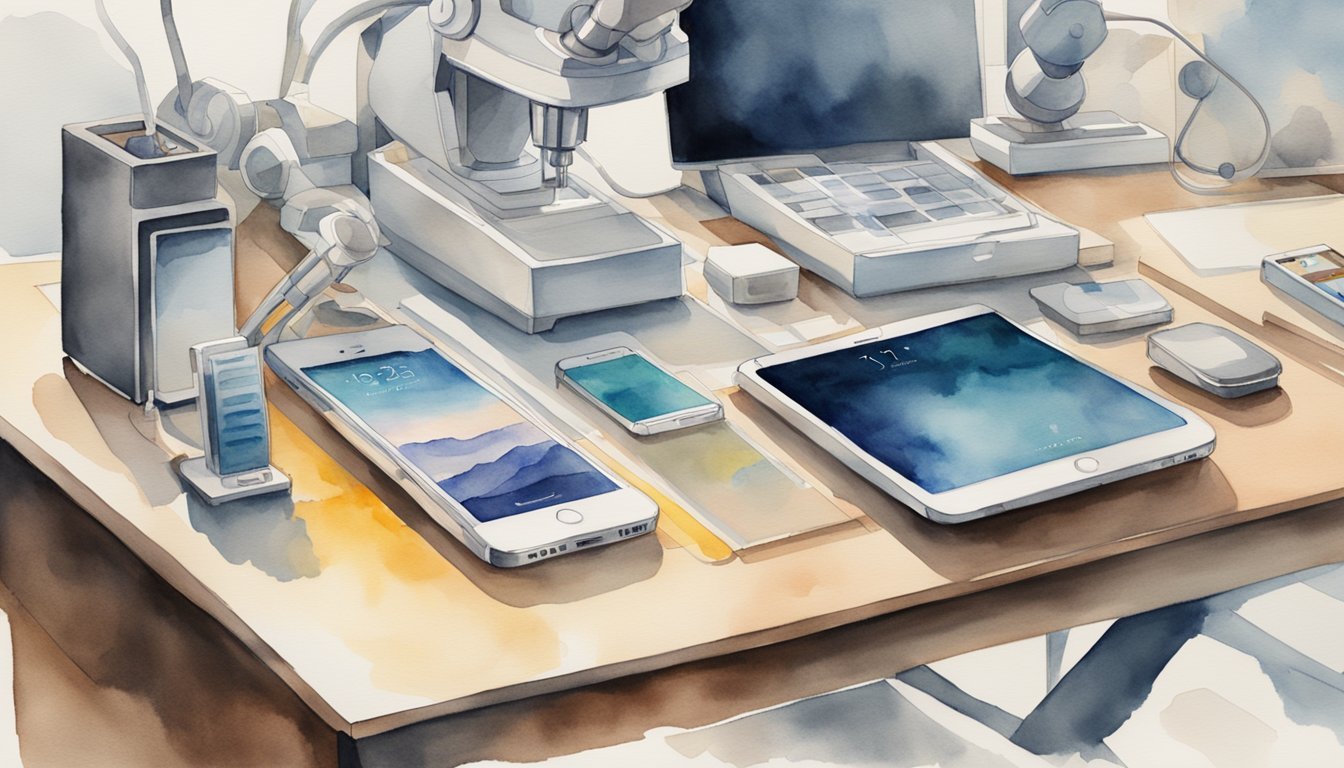Getting Started with iPhone Automation
iPhone automation unlocks a new level of convenience, enabling devices to perform tasks automatically. This section will guide newcomers through the essentials of iPhone automation, from grasping the basics to creating their first automation.
Understanding Automation Basics
Automation on an iPhone involves creating a series of actions that your device will execute automatically when specific conditions or triggers are met. These automations can range from simple tasks like changing settings to complex sequences interacting with various apps.
Exploring the Shortcuts App
The Shortcuts app is central to iPhone automation. It’s a powerful tool that comes pre-installed on iOS devices, which allows users to create custom automations using a variety of actions and triggers. Users can find automation ideas on Zapier to get a sense of the app’s capabilities.
Setting Up Your First Shortcut
When setting up an automation, users start by selecting “Create new automation” or tapping on the + sign in the Shortcuts app. They can then add actions by tapping “Add Action,” which will prompt them with a list of available actions to choose from based on what they wish to automate.
Personal Automation Triggers
Triggers are the conditions that start an automation. Personal automation triggers in iOS’s Shortcuts app can be events like arriving at a location, the time of day, or even when connecting to a car’s Bluetooth. Setting these triggers tailors automations to fit individual needs and routines.
Advanced Automation Techniques

In the world of iOS, advanced automation techniques provide users with the power to streamline their daily activities, create personalized experiences, and control their smart environment effortlessly. From adjusting your iPhone settings based on location to automating tasks for work, these techniques are reshaping the way individuals interact with their devices.
Location-Based Automations
Users can leverage the Shortcuts app to set up automations triggered by their geographical location. For instance, when arriving at the office, an automation can enable Do Not Disturb mode, connect to the office Wi-Fi, and launch a daily task list. As they leave, it can send a timed reminder to turn on the alarm system at home or start playing a wind-down playlist through Apple Music.
Automating Your Home with Apple Devices
Home automation is a cornerstone of Apple’s ecosystem. Create automations that control smart lights, thermostats, and security cameras via Siri, Apple Watch, or automated triggers like Sunsets. When the battery level of a user’s iPhone falls below a certain percentage, it can even prompt smart plugs to turn off energy-hungry devices to conserve power.
Time-Saving Shortcuts for Work and Life
Time is precious, and iPhone shortcuts can automate frequent actions, such as emailing daily reports, setting multiple alarms, or backing up photos. Scheduling emails to sync at a certain time of day, or converting meeting notes into reminders are just a couple of examples of how these shortcuts help save time.
Customizing Automation for Accessibility
Every user has unique needs, and iPhone’s advanced automation extends to accessibility features. Customizing automation can accommodate vision and hearing assistance, such as automatically enabling VoiceOver or Live Listen when connecting to CarPlay or adjusting text size and contrast based on ambient light readings. Personal automations can also change the home screen layout to simplify navigation or adjust notifications to match hearing preferences. With these customizations, the iPhone becomes a more inclusive device for all users.

